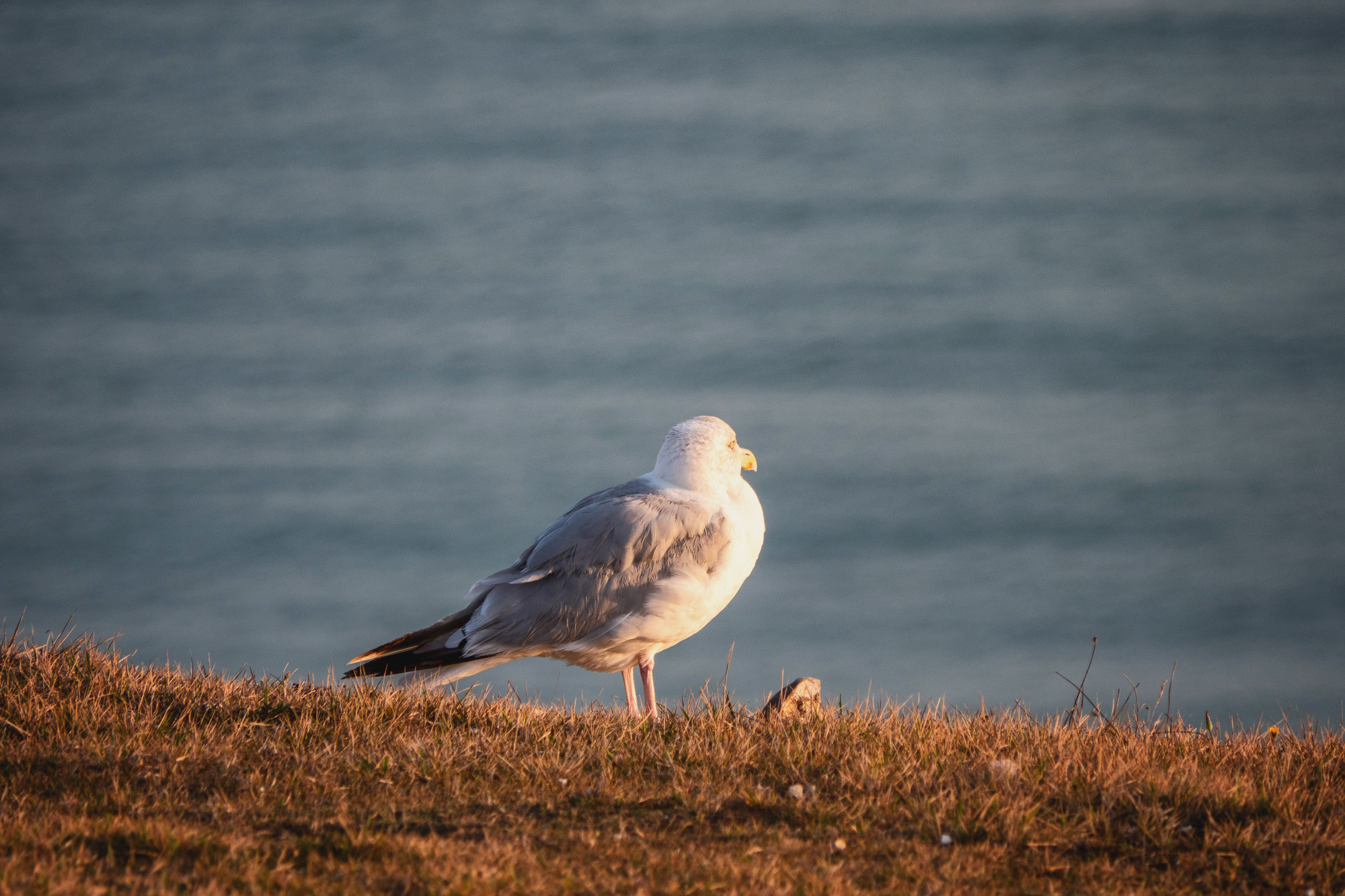Wildlife Spotting
With a wide variety of different habitats packed into this special 280 hectare site, there are some great year round birding opportunities, weather and visitor pressures permitting!!
Early Spring sees the gradual departure of winter “whistling” wigeon, teal, little grebe, curlew, geese, oystercatcher, a mixed bag of gulls and regular kingfisher sightings as they head away to breed.
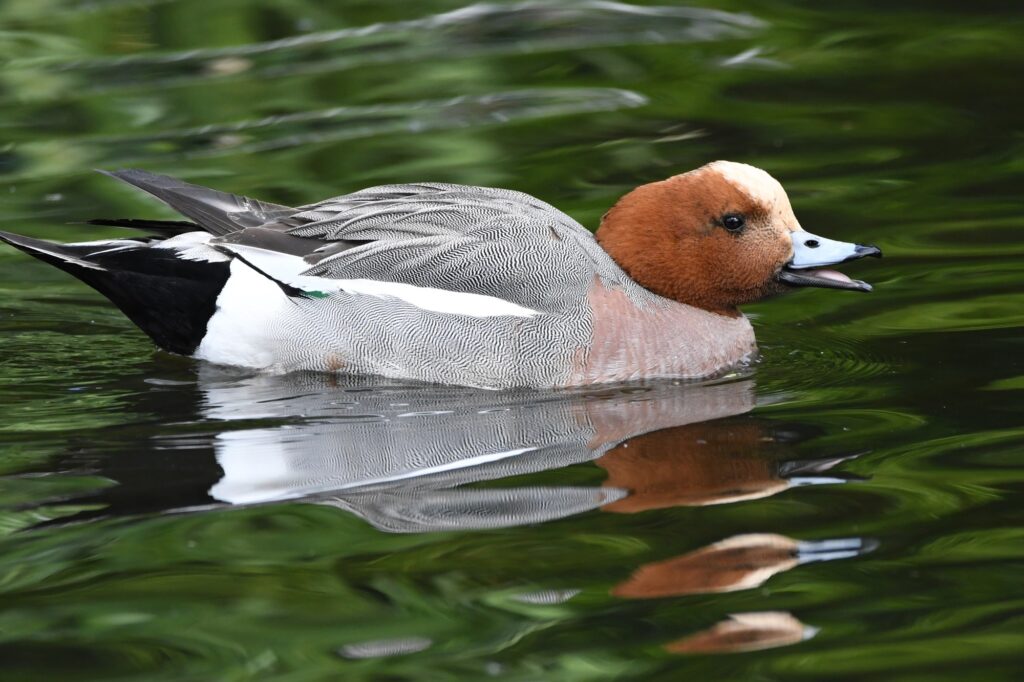
Wigeon © Tim Squire 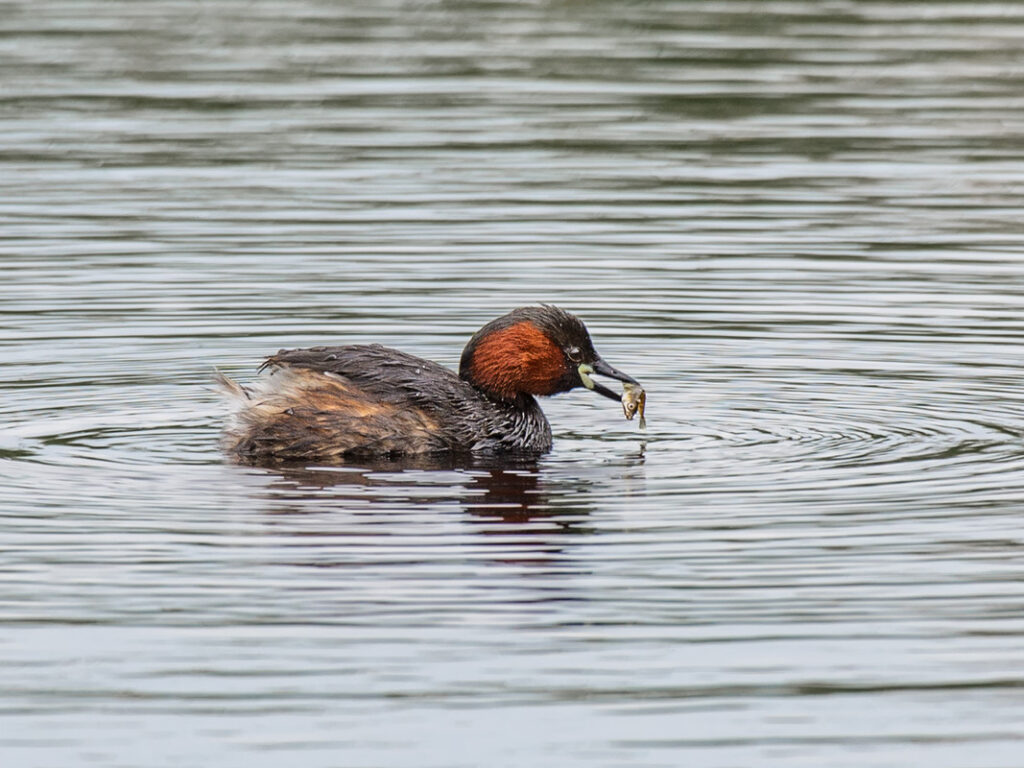
Little Grebe © Mike Doyle 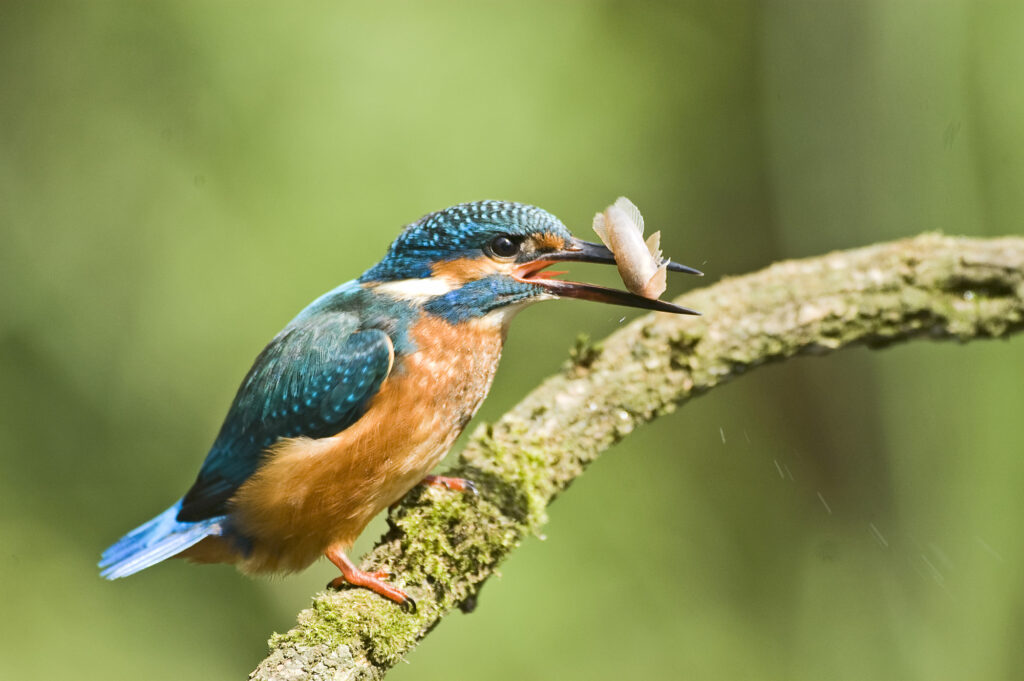
Kingfisher ©Bruce Middleton
Their departure heralds the onset of the migrating season. Watch the wetlands for more unusual waders (such as black-tailed godwits) alongside the more familiar redshank, dunlin and ringed plover. The scrubby bushes along the valley, stunted by the salt spray and harsh onshore winds, are alive with warblers and linnets.
Swallows, martins and swifts means late spring has arrived and the Park settles down to summer residents of heron, little egret, shelduck, mallard, Canada geese, redshank and dunlin on the wetlands.
Fulmars, kittiwakes and jackdaws nest precariously on the cliffs, and amongst the Downland; please keep dogs under control to enable the ground nesting skylark, meadow pipits, and wheatear to breed.
The bushes throng with the song of robin, blackbird, various tits and dunnock, and the more unusual whitethroats. Along the valley yellowhammers sing ‘little bit of bread and cheeeeeeeeese’, and several pairs of stonechat parade on bramble perches. Watch out for raptors including sparrowhawks and hovering kestrels.
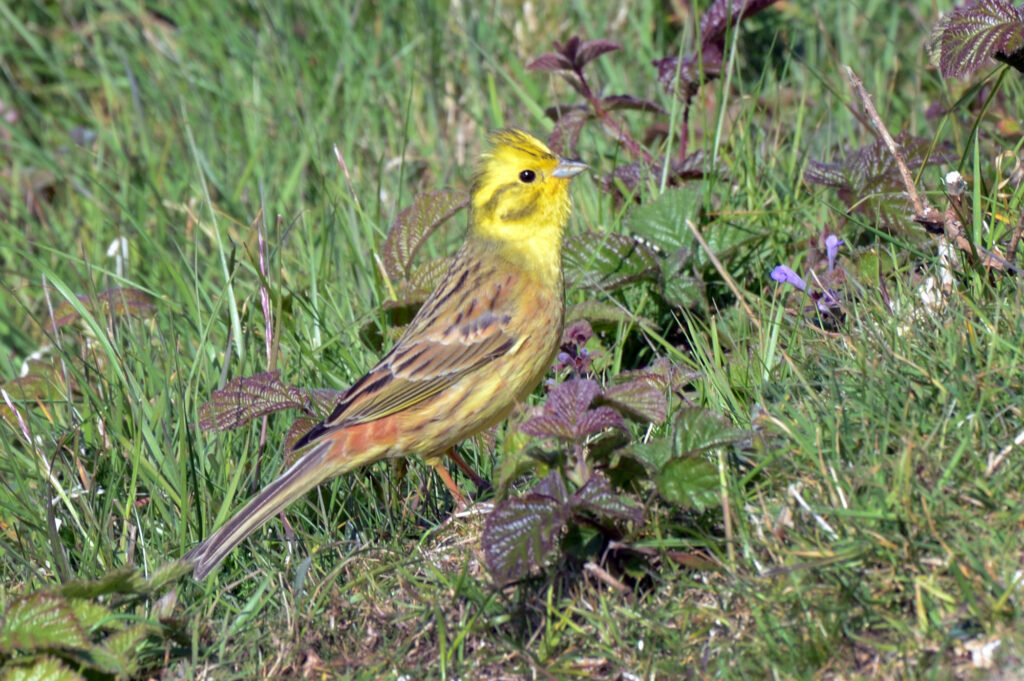
Yellowhammer ©Anne Purkiss 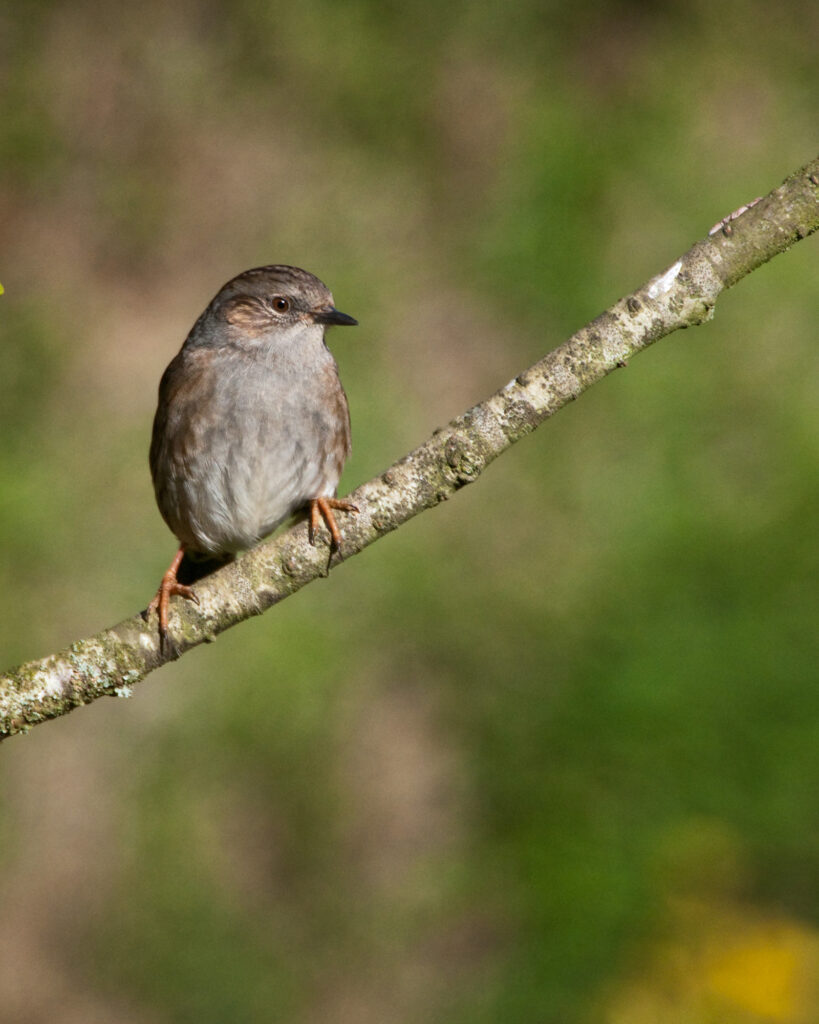
Dunnock ©Nigel Symingtom 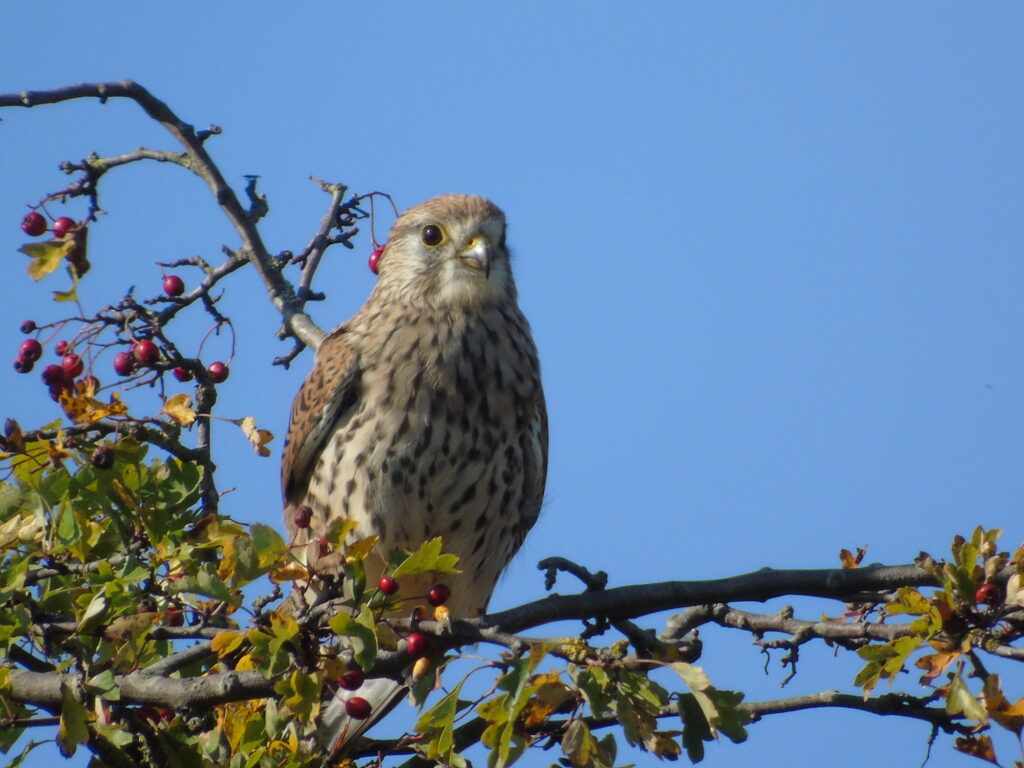
Kestrel ©David Sawford
Late summer migration almost mirrors the spring version – though the birds often stay longer now the haste to breed is over and there is a chance to feed up on the abundant fruits and berries.
Happy birdwatching…

